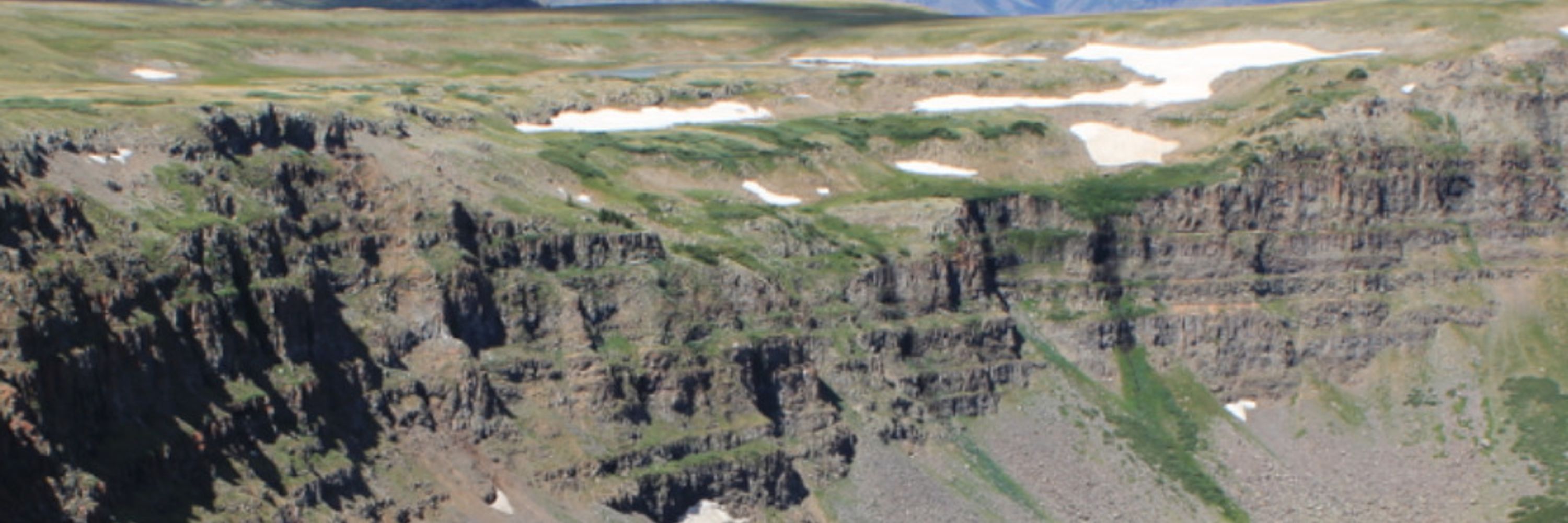
IN AWE OF NATURE!
Entomologist, systematist, biogeographer, photographer; museums & collections. Based in Colorado!
he/his.
My science: https://lepscience.com/my-publications/
"Fatal Attraction: Argiope Spiders Lure Male Hemileuca Moth Prey with the Promise of Sex"
Here are the results of 5 summers of research on this fascinating topic:
www.mdpi.com/2075-4450/15...
Website: www.mdpi.com/2075-4450/15...
PDF Version: www.mdpi.com/2075-4450/15...

📺 www.bbc.co.uk/programmes/m...

📺 www.bbc.co.uk/programmes/m...

Opps … I guess you can.
California Tortoiseshell
(Nymphalis californica)
🌿


Opps … I guess you can.
California Tortoiseshell
(Nymphalis californica)
🌿
1 WEEK LEFT TO APPLY!
Positions are open to Canadian and international applicants. Share this post with your network!
🔗 Learn more:

1 WEEK LEFT TO APPLY!
Positions are open to Canadian and international applicants. Share this post with your network!
🔗 Learn more:



Meet the newly described genus/species Coloradactria frigida, a moth with females that don't fly- they scurry around on the ground like a spider or silverfish...
lepscience.com/wp-content/u...
@inaturalist.bsky.social observations helped us locate populations!


Meet the newly described genus/species Coloradactria frigida, a moth with females that don't fly- they scurry around on the ground like a spider or silverfish...
lepscience.com/wp-content/u...
@inaturalist.bsky.social observations helped us locate populations!
Meet the newly described genus/species Coloradactria frigida, a moth with females that don't fly- they scurry around on the ground like a spider or silverfish...
lepscience.com/wp-content/u...
@inaturalist.bsky.social observations helped us locate populations!


Meet the newly described genus/species Coloradactria frigida, a moth with females that don't fly- they scurry around on the ground like a spider or silverfish...
lepscience.com/wp-content/u...
@inaturalist.bsky.social observations helped us locate populations!
shorturl.at/iRqOB
shorturl.at/iRqOB



#worldrobberflyday

#worldrobberflyday
It's been a long time.
I came from X to tell you my recent experience.
I found a awesome Luna moth last friday.
This must be Actias aliena,
and I think this is bilateral gynandromorph.
How about it ?




The Yale Peabody Museum is hiring a permanent, full-time Museum Assistant in #Entomology 🦋
Full details & how to apply: sjobs.brassring.com/TGnewUI/Sear...
#EntoJobs #InsectCollections
The Yale Peabody Museum is hiring a permanent, full-time Museum Assistant in #Entomology 🦋
Full details & how to apply: sjobs.brassring.com/TGnewUI/Sear...
#EntoJobs #InsectCollections
But I ❤️ the genus name most: Phobetron. Sounds like a malevolent transformer or a giant alien space television.
These caterpillars have fleshy deciduous appendages (this one lost a few) & stinging hairs. Watch out! ☣️☠️
North Carolina, USA




But I ❤️ the genus name most: Phobetron. Sounds like a malevolent transformer or a giant alien space television.
These caterpillars have fleshy deciduous appendages (this one lost a few) & stinging hairs. Watch out! ☣️☠️
North Carolina, USA
#butterflies #bugsky #nature

#butterflies #bugsky #nature
Pediocactus simpsonii
Douglas County, Colorado, USA

Pediocactus simpsonii
Douglas County, Colorado, USA
www.regulations.gov/comment/FWS-...
www.regulations.gov/comment/FWS-...
Papilio machaon aliaska
Brooks Range, North Slope, Alaska, USA

Papilio machaon aliaska
Brooks Range, North Slope, Alaska, USA

